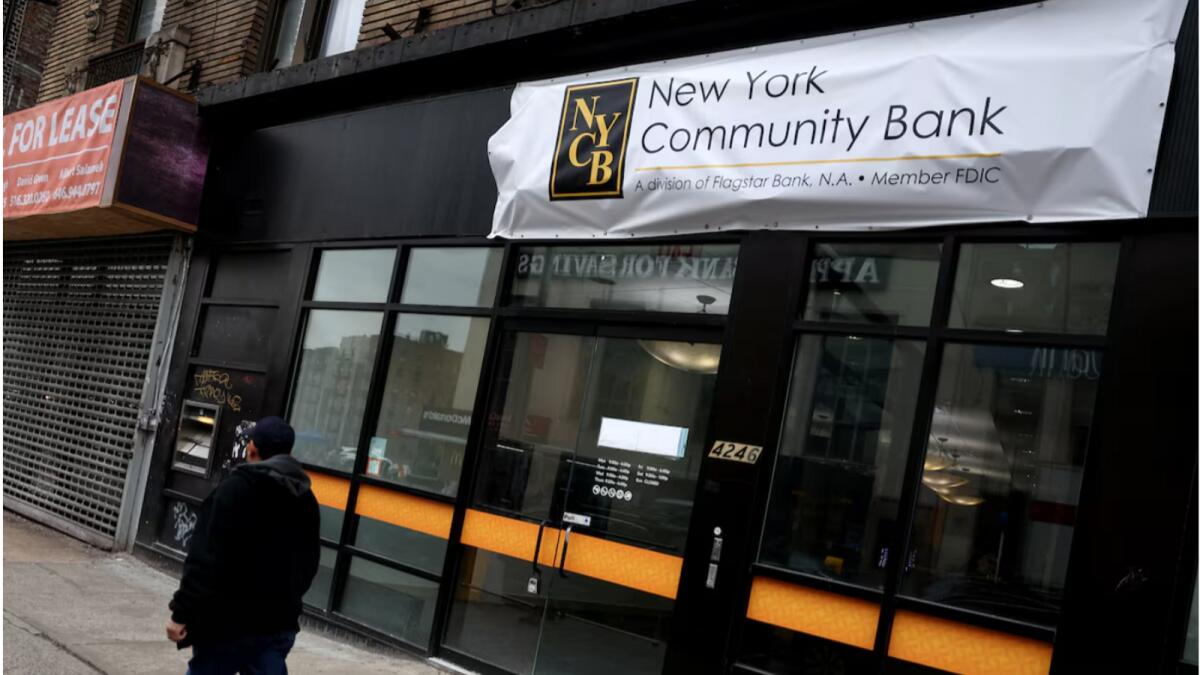In the wake of last year’s banking crisis, regional lenders are actively pursuing deals to strengthen their balance sheets and remain competitive in the market. These banks, typically with assets ranging from $10 billion to $100 billion, have already completed 38 deals this year, compared to 29 during the same period last year. According to a Reuters analysis, more than two-thirds of the banks in the KBW Regional Banking Index have a high probability of being acquired within the next 12 months based on various factors. The sector has been under pressure due to elevated interest rates, leading to the need for banks to scale up and diversify to stay afloat.
Consolidation within the regional banking sector is essential for banks to effectively compete in today’s market, as stated by banking portfolio manager Macrae Sykes. Mergers and acquisitions can lower banks’ cost of capital and allow for growth and diversification of deposits, a crucial source of funding for banks. The recent acquisitions of SouthState and UMB Financial further highlight the trend towards consolidation, with both deals creating banks with assets totaling in the billions. These deals are not only aimed at improving financial stability but also expanding reach into new territories and gaining access to more depositors.
With interest rates declining, banks that have delayed M&A deals to avoid losses on their securities holdings when rates were high are now expected to explore more opportunities. The potential easing of regulatory scrutiny under a possible re-election of Donald Trump could also pave the way for increased M&A activity in the banking sector, according to industry experts. However, stringent merger policies proposed by regulatory bodies like the FDIC and OCC for larger deals may raise concerns about systemic risks and antitrust issues, affecting the approval process for future mergers.
Despite the regulatory challenges, the push for consolidation in the regional banking sector remains strong, driven by commercial pressures and the need for banks to adapt to changing market conditions. The industry logic behind banking sector consolidation is recognized by regulators, who are tasked with balancing the needs of the banking industry with maintaining a stable financial system. While political scrutiny and regulatory oversight continue to shape the landscape of bank M&A, banks are actively seeking opportunities to strengthen their positions and remain competitive in a rapidly evolving market.
Overall, the wave of consolidation in the regional banking sector reflects a strategic move by banks to enhance their financial health, gain competitive advantage, and navigate changing market dynamics. As banks continue to pursue M&A deals to bolster their balance sheets and expand their reach, regulatory scrutiny and market conditions will play a crucial role in shaping the future landscape of the banking industry. With a focus on growth, diversification, and efficiency, regional lenders are positioning themselves for long-term success amid evolving challenges and opportunities in the financial sector.










